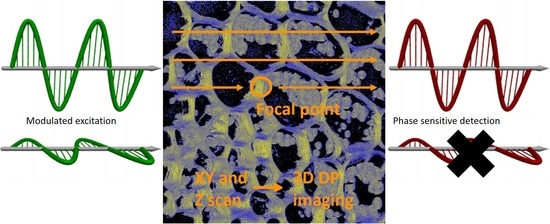Differential Polarization Imaging of Plant Cells. Mapping the Anisotropy of Cell Walls and Chloroplasts
Abstract
Share and Cite
Radosavljević, J.S.; Mitrović, A.L.; Radotić, K.; Zimányi, L.; Garab, G.; Steinbach, G. Differential Polarization Imaging of Plant Cells. Mapping the Anisotropy of Cell Walls and Chloroplasts. Int. J. Mol. Sci. 2021, 22, 7661. https://doi.org/10.3390/ijms22147661
Radosavljević JS, Mitrović AL, Radotić K, Zimányi L, Garab G, Steinbach G. Differential Polarization Imaging of Plant Cells. Mapping the Anisotropy of Cell Walls and Chloroplasts. International Journal of Molecular Sciences. 2021; 22(14):7661. https://doi.org/10.3390/ijms22147661
Chicago/Turabian StyleRadosavljević, Jasna Simonović, Aleksandra Lj. Mitrović, Ksenija Radotić, László Zimányi, Győző Garab, and Gábor Steinbach. 2021. "Differential Polarization Imaging of Plant Cells. Mapping the Anisotropy of Cell Walls and Chloroplasts" International Journal of Molecular Sciences 22, no. 14: 7661. https://doi.org/10.3390/ijms22147661
APA StyleRadosavljević, J. S., Mitrović, A. L., Radotić, K., Zimányi, L., Garab, G., & Steinbach, G. (2021). Differential Polarization Imaging of Plant Cells. Mapping the Anisotropy of Cell Walls and Chloroplasts. International Journal of Molecular Sciences, 22(14), 7661. https://doi.org/10.3390/ijms22147661








